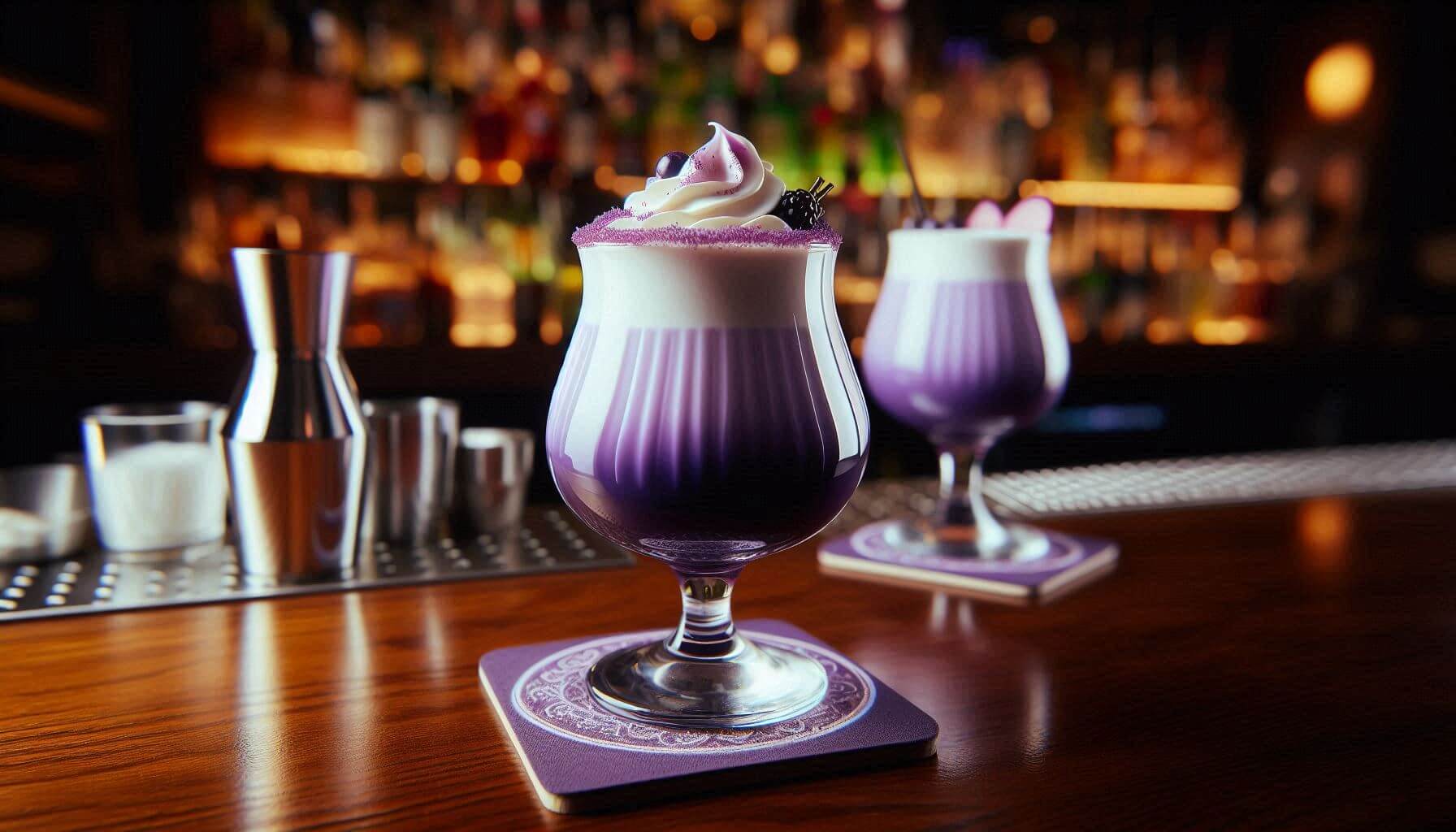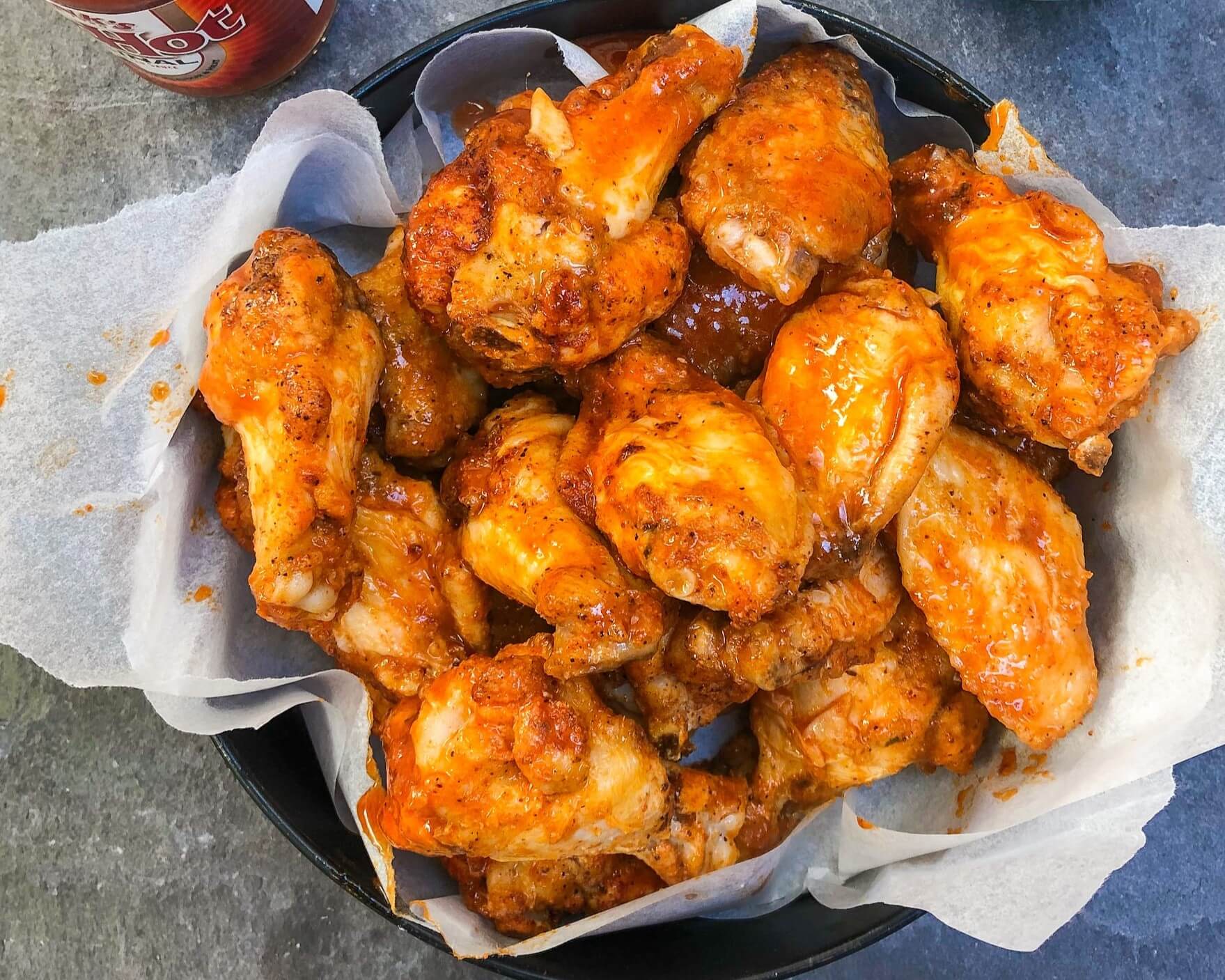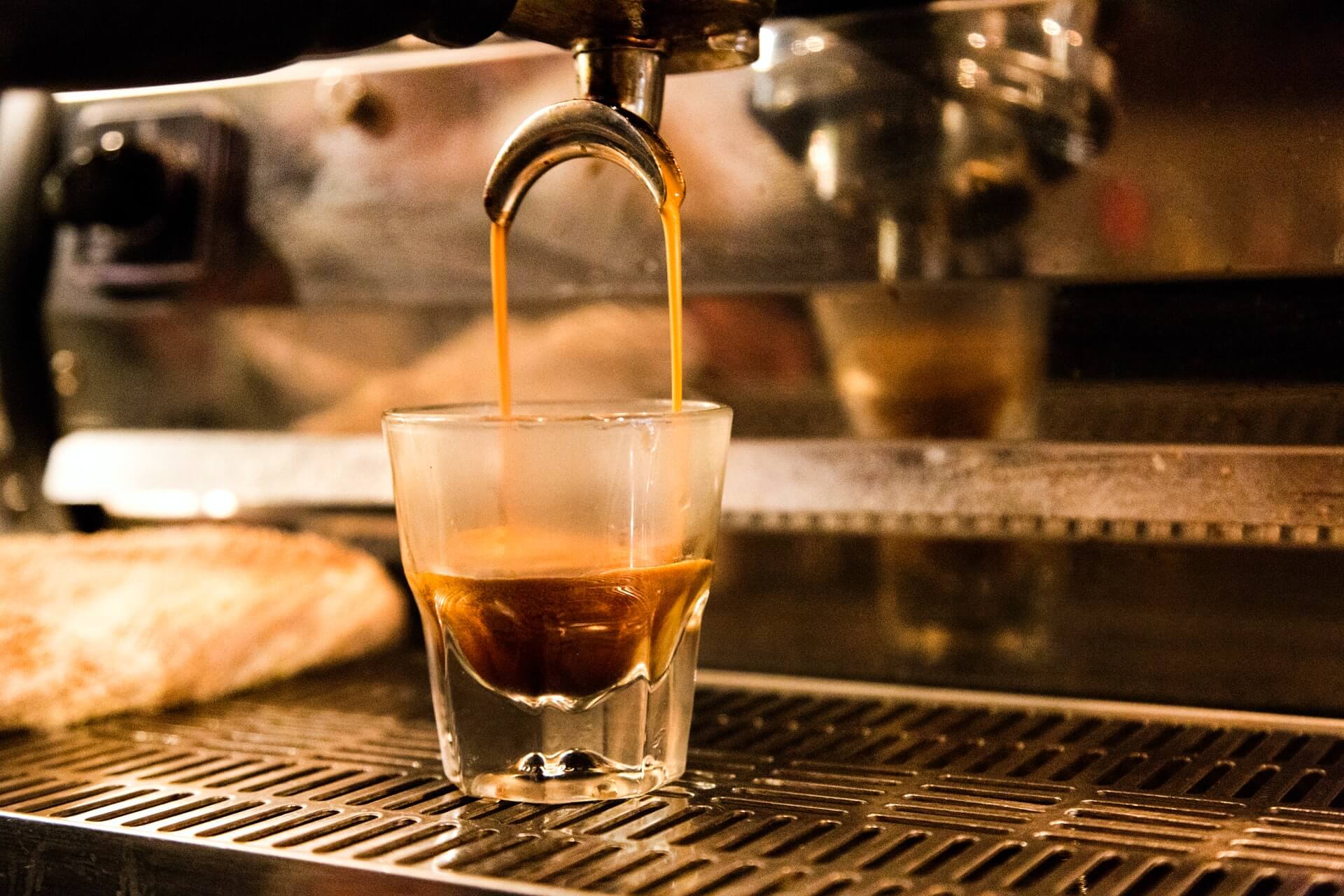Will this Drink Trend Lead Us Into 2025?
by David Klemt

AI-generated image.
One of the latest drink trends, a unique cream liqueur made from purple yam, may have the staying power to heat up through New Year’s Eve.
Now, when I describe it as unique, I’m not indulging in PR-speak, I mean it; there’s only one Ube Cream Liqueur. That includes, up to this point, additional expressions. Again, there’s only one Uber Cream Liqueur.
Making this liqueur even more exclusive is the fact that just one distillery produces it: Destileria Barako. They’ve done so since 2016. The distillery makes some other intriguing products as well. For example, there’s a lychee and lemongrass liqueur called Gayuma that also includes vacuum-distilled smoke distillate. Compelling…
So, what is Ube? Put very simply, it’s a lavender-colored cream liqueur made from ube. That’s a purple yam, and the liqueur itself calls the Philippines home. Interestingly, while the liqueur is lavender in color, ube can be violet, purple, lavender, and even white.
Before I go any further, a purple yam is not the same as a purple sweet potato. A purple yam will be, generally speaking, sweeter than its sweet potato counterpart, while being slightly more subtle in terms of flavor profile. Expect vanilla up front, with a subtle nutty undertone and finish.
And if you’re curious as to the meaning of “ube,” it translates from Tagalog to English as “tuber.” Quite a literal name for this special vegetable.
Okay, great. But what about the liqueur that appears to be popping up on craft-cocktail-focused menus in the US?
What is Ube?
On the surface, it’s an imported cream liqueur in an attractive, fashionable bottle.
Seriously, look at the Instagram post below; that’s going to grab guests’ attention.
View this post on Instagram
Going deeper, Ube is made from the eponymous tuber, coconut husks, and sugarcane vodka. The ingredients are sourced from local farms and their communities throughout the islands that make up the Philippines (of which there are more than 7,600).
The liquid itself is rich and creamy, as one would expect. Like its namesake, Ube’s flavor profile includes vanila, and a subtle nuttiness. However, the sugarcane vodka is detectable, and coconut also shines through.
Along with being unique, it’s also versatile. Bar guests can’t really go wrong with ordering it in just about any configuration: neat, chilled, on the rocks, frozen, in a cocktail… Ube is highly adaptable.
And that, if I had to point to a characteristic beyond flavor and mouthfeel, is likely why this cream liqueur is rising in popularity.
Bar teams can get creative with it. Guests can enjoy it in myriad forms. Even the culinary team can get involved, as it’s an intriguing ingredient for dishes (particularly dessert).
Introducing guests to Ube isn’t a hard sell, either. The bottle and liquid itself are appealing to the eye. And while bar and culinary teams can really tap into their imaginations and talents to create quirky sips and dishes, it works in instantly recognizable drinks as well.
For instance, there’s the Ube Mudslide, Purple Russian (a variant of the White Russian, of course), Ube Colada, Ube Coco Old Fashioned, and even the Ubegroni.
Proceed with Caution
Here’s a a viewpoint with which you may be familiar: Once a trend emerges and people jump on it, it’s no longer a trend. Instead, it either experiences widespread adoption, reaches ubiquity, or dies.
Another viewpoint is that due to social media, trends come and go so quickly that even those that stick around for more than a few days tend to fall off quickly.
Search online for Ube and you’ll likely come across posts about finding it in the US that are a year or more old. It seems that the interest in this particular cream liqueur picked up in earnest around August of this year.
All that is to say this: For the most part, unless a person or group of people originates a trend, everyone else will be a step or two behind if they choose to jump on it. Most trends don’t even actually reach that status; they die in their nascent stage: a fad.
So, operators and their teams should be selective when a product, flavor, menu item, preparation, etc. is getting a lot of attention “suddenly.”
Chasing every trend isn’t efficient, and doing so flies in the face of consistency.
Important Considerations
There are several questions an operator should consider and answer before embracing any trend (or fad). Below, the assumption is that the trend involves a specific product.
- Will this resonate with enough guests to make this profitable?
- Does this trend work with our brand or are we forcing it to fit artificially?
- Can it be obtained easily and consistently? If not, can we make our own housemade version? What will that cost, including labor?
- How much will it cost to add this product to our inventory?
- What will it cost to train the team to use this product?
- Who will train the team on this product? What’s the estimated learning curve? What will training cost, in terms of product and labor?
- In terms of pricing, what’s our projected profit margin per item made with this product? How many do we expect to sell on a daily, weekly, and monthly basis, keeping in mind that this is a consumer trend.
- How quickly, with the above considerations (and more), can we actually leverage the popularity of this trend? Will it still be popular after we’ve completed our due diligence?
Don’t Abandon Your Standards
This caution isn’t aimed at embracing Ube specifically. Rather, this is advice for considering any trend, product, or menu item.
The standard is for operators to be obsessed with their numbers. Look at the top operators in the business—not necessarily those earning the most awards, but those leading their bars and restaurants to long-term success, and focused on building generational wealth—and you’ll see how much they focus on numbers; they know them inside and out.
All too often it can be tempting to drop standards when something goes sideways. Service goes awry, for example, and we try to take a shortcut to recover.
The same can be said for chasing trends. It can be tempting to just throw a new, trending item on the menu without crunching the numbers, taking a shortcut to leverage the trend as quickly as possible.
A savvy operator will consider the numbers before adding anything to their inventory and menu. It shouldn’t take long, and running the numbers will prove whether the trend is worth pursuing.
Image: Microsoft Designer

Book Below to Setup a 30-Minute Complimentary Discovery Call and Request for Proposal.



